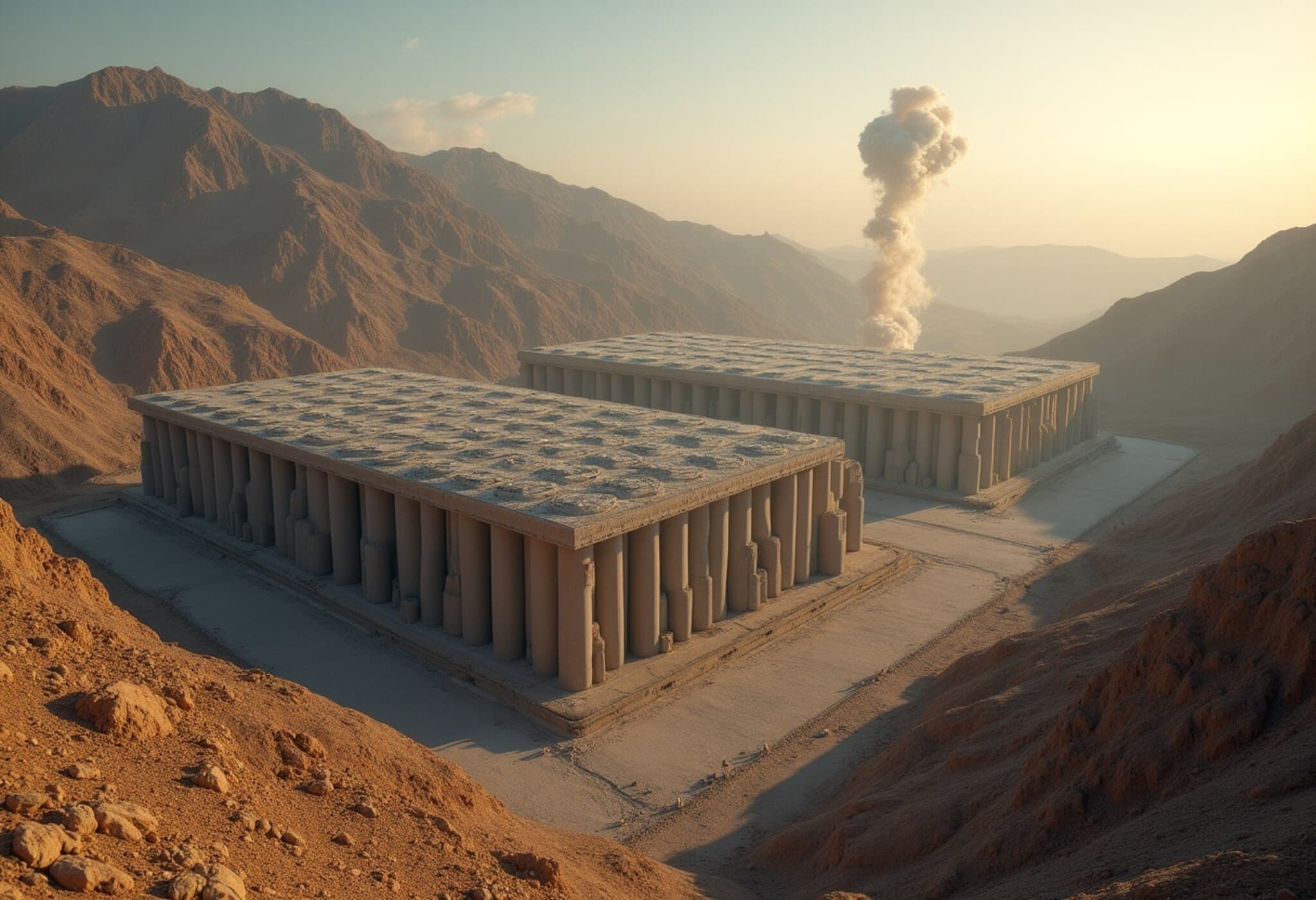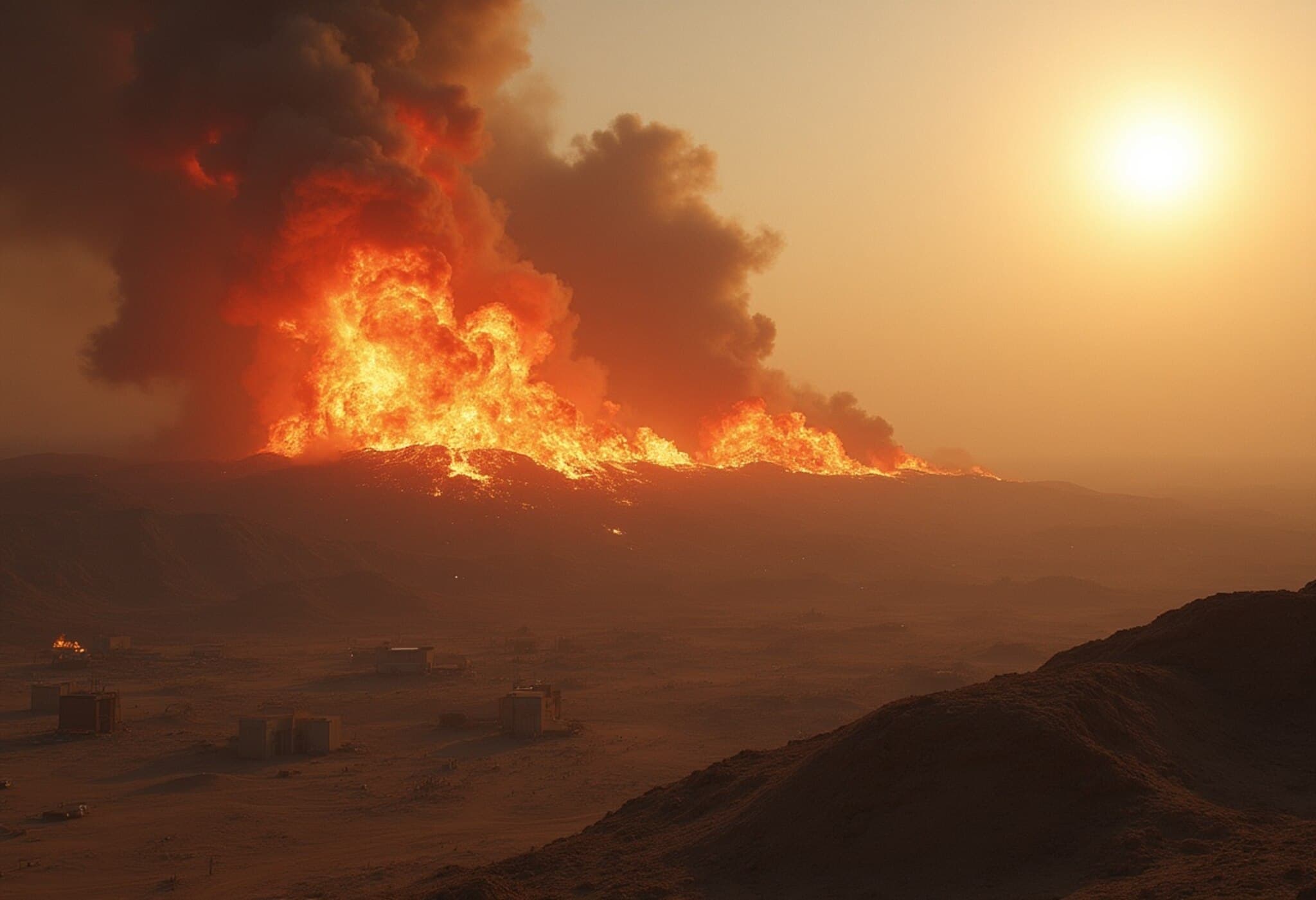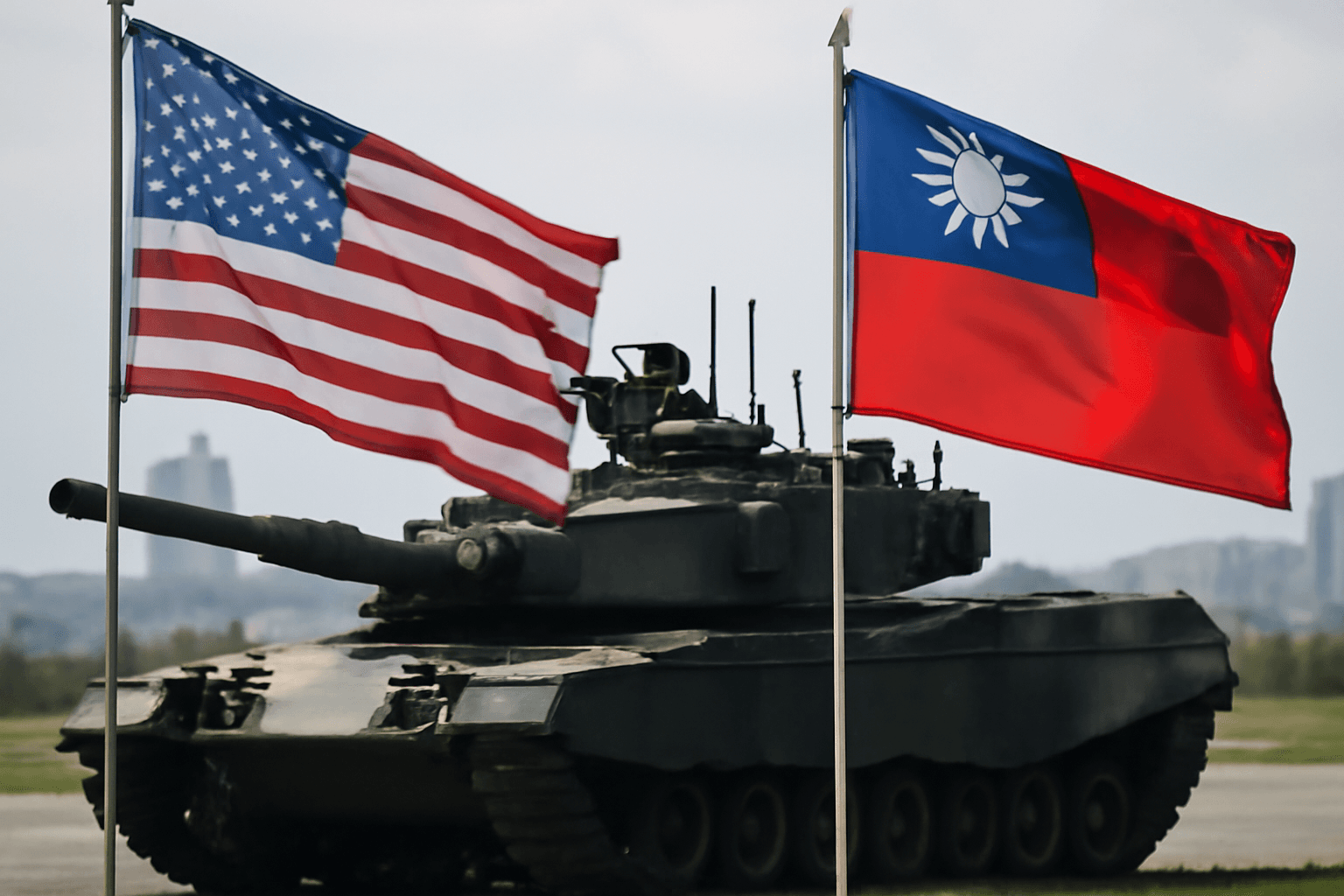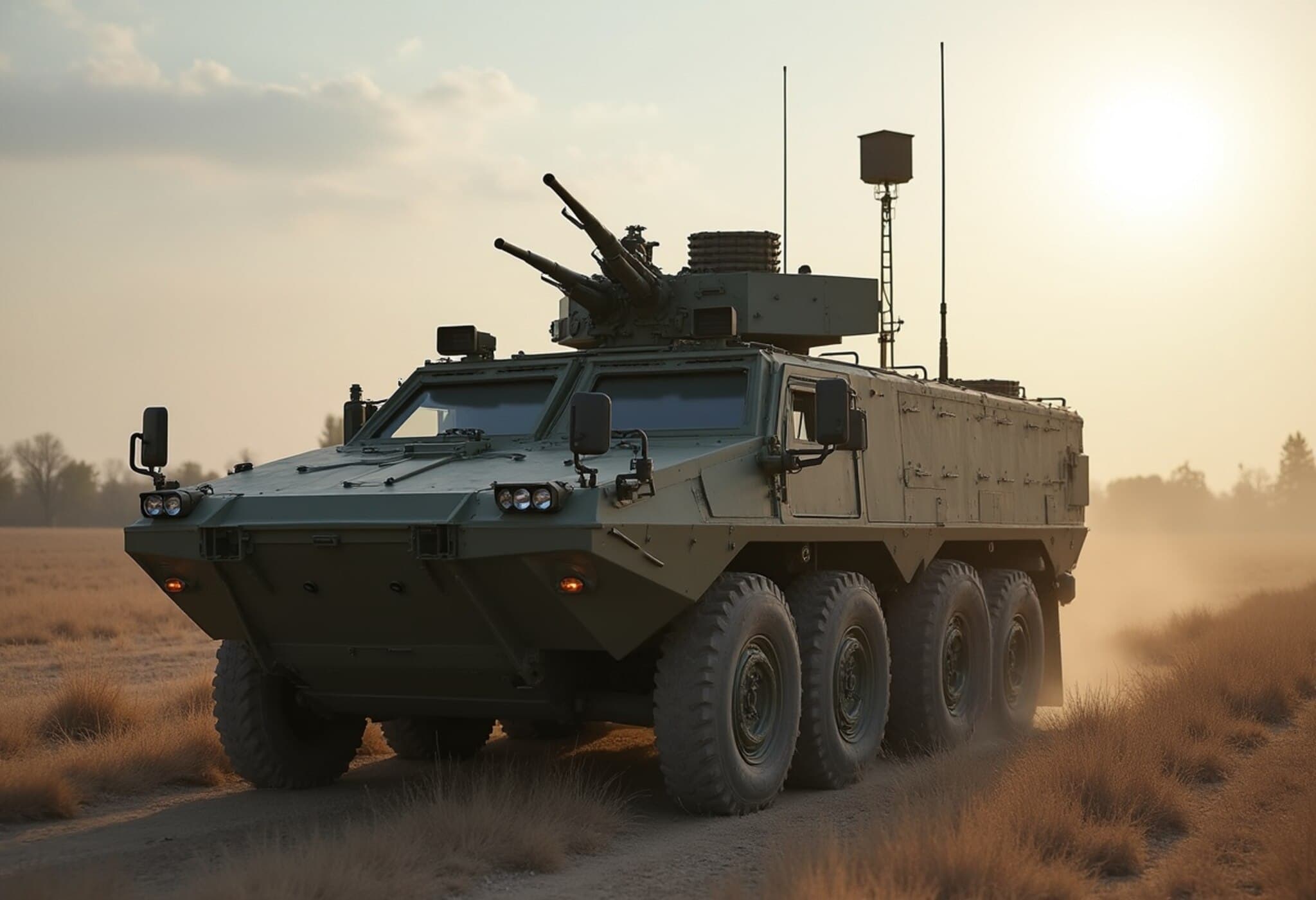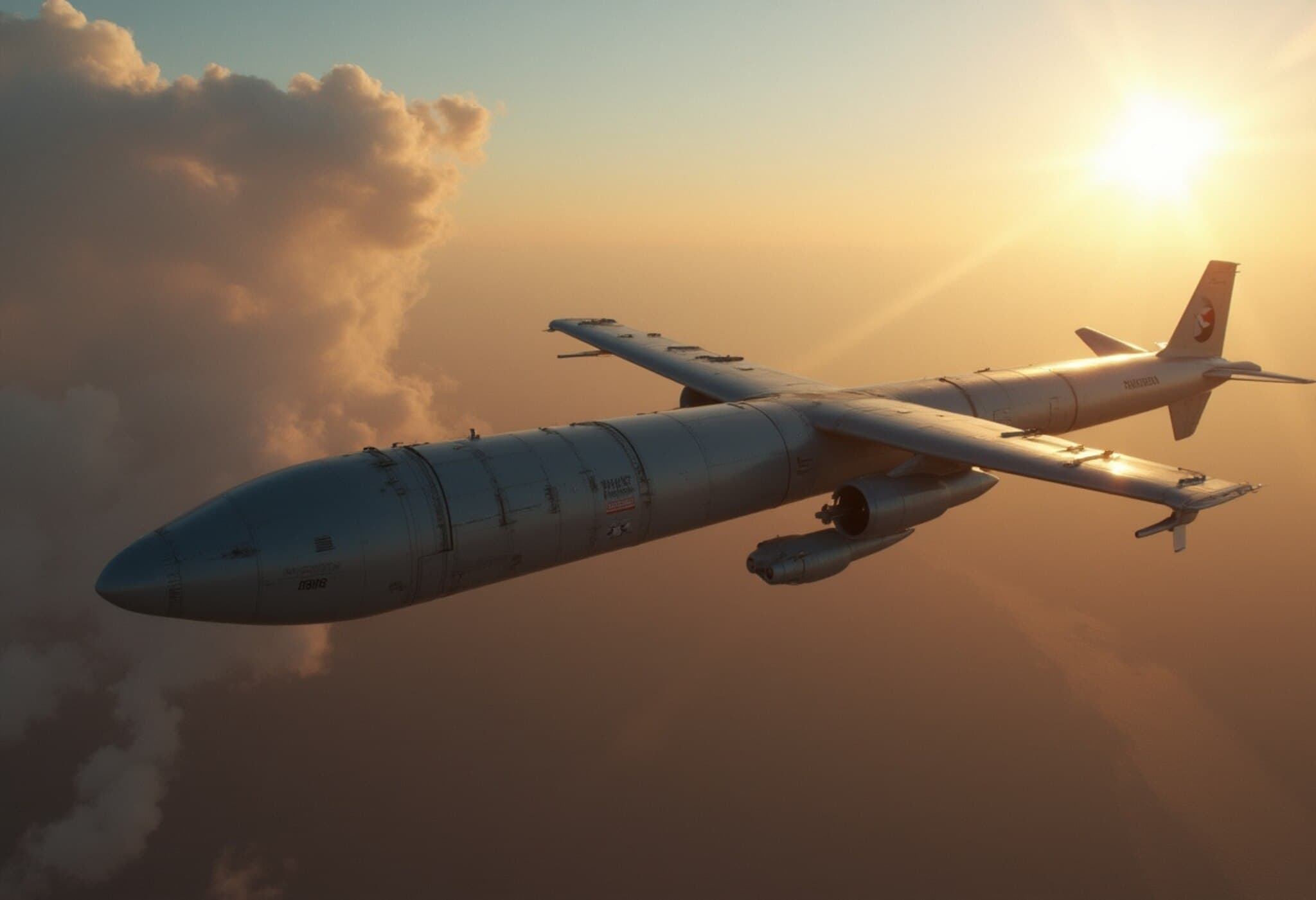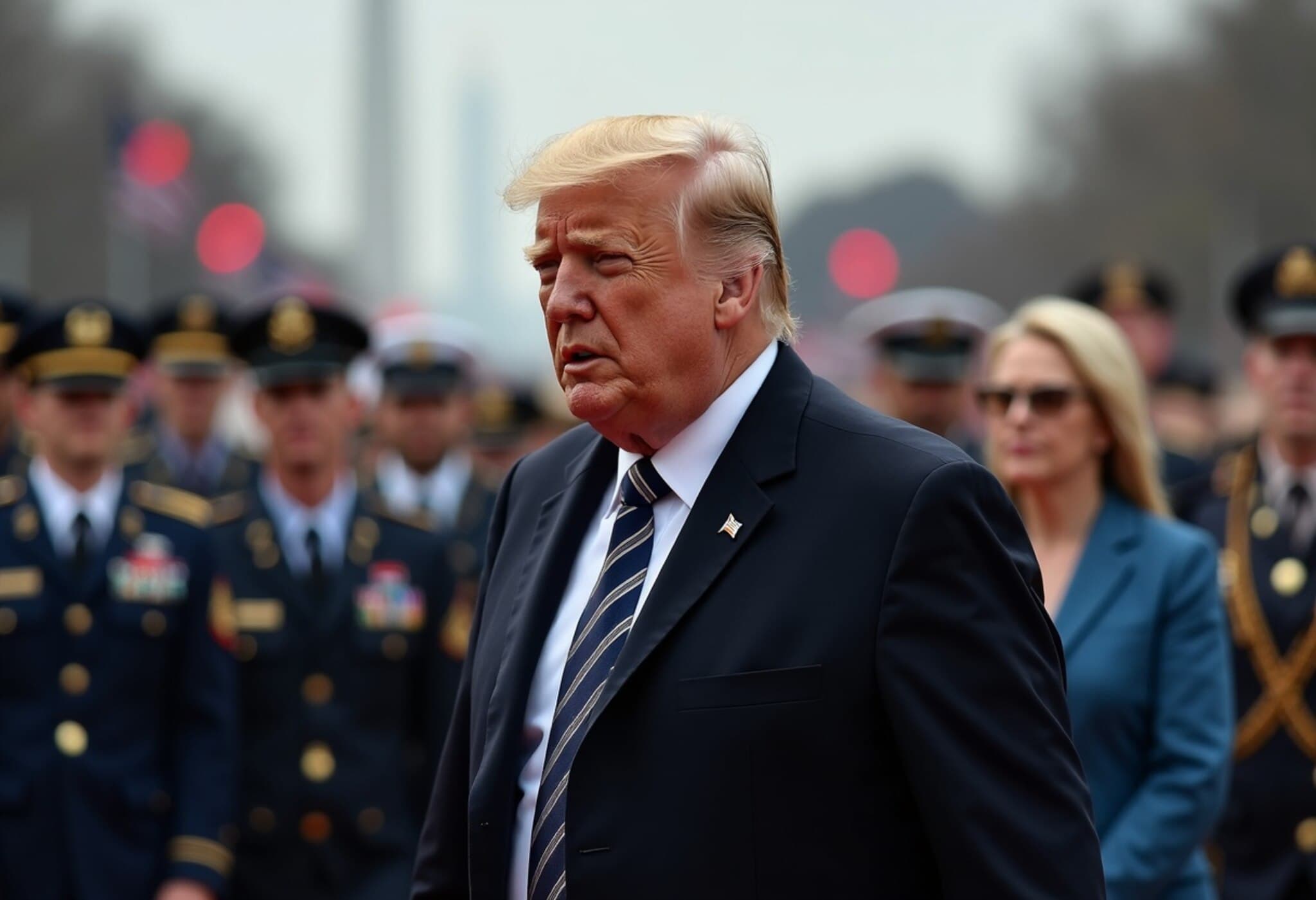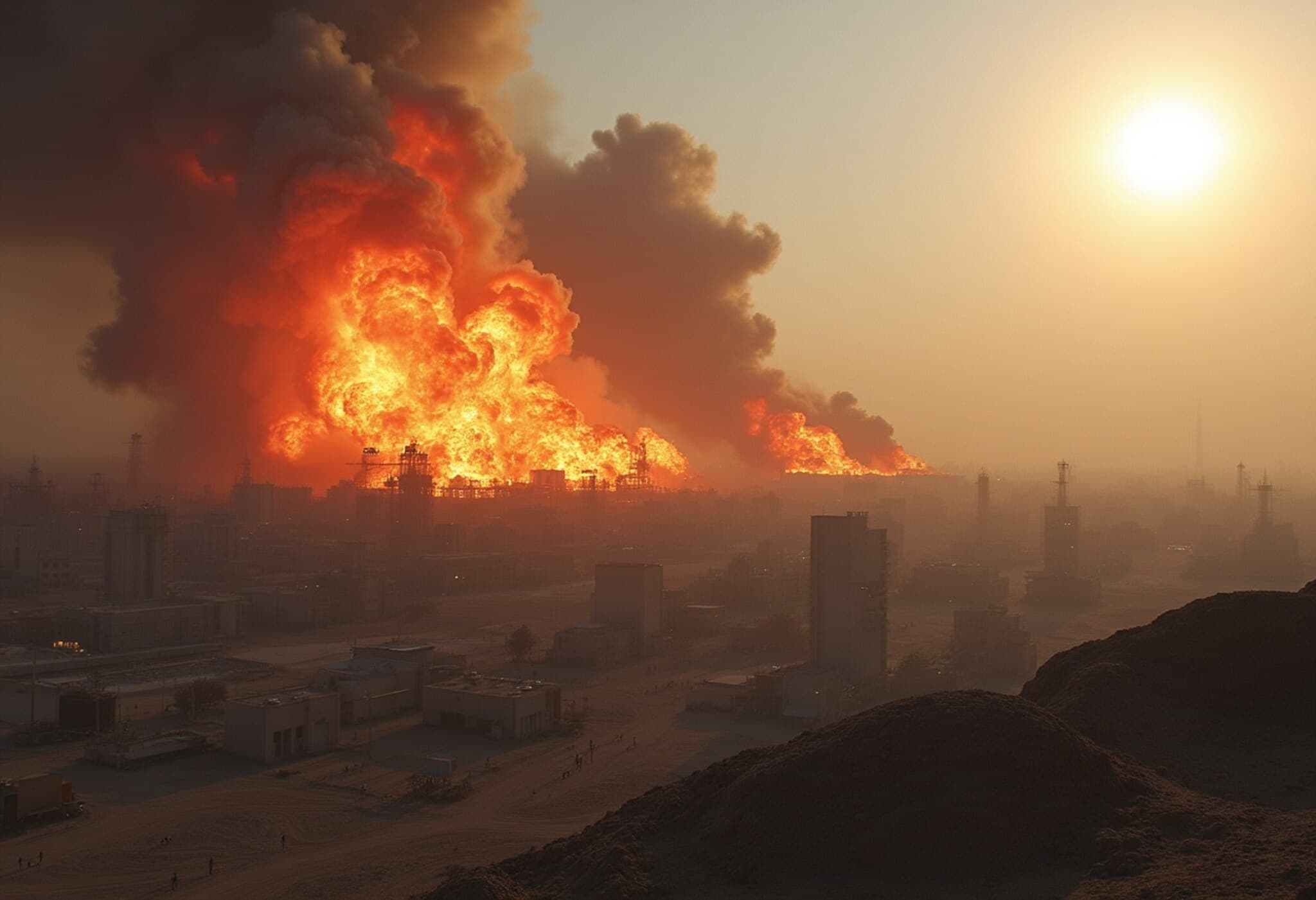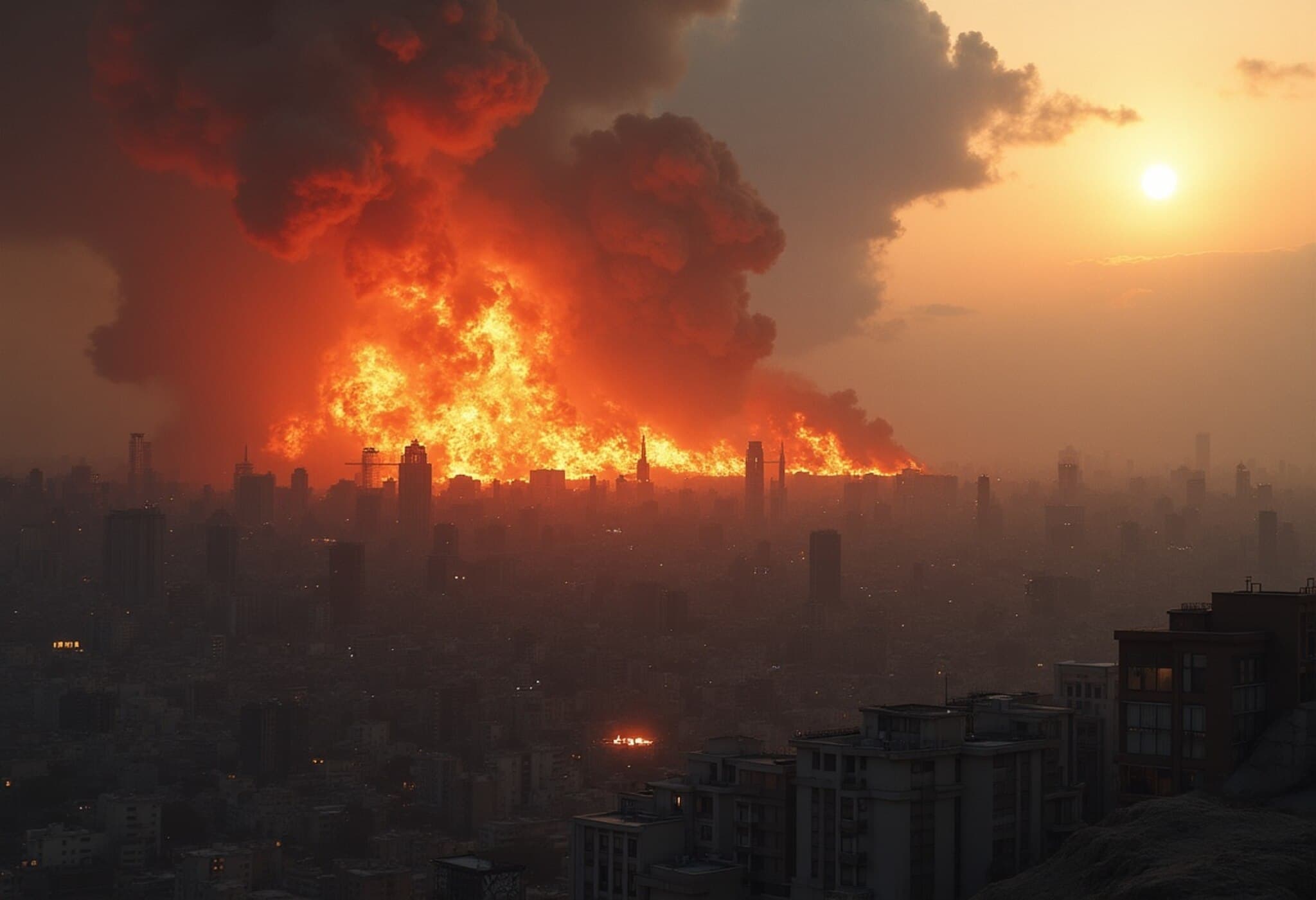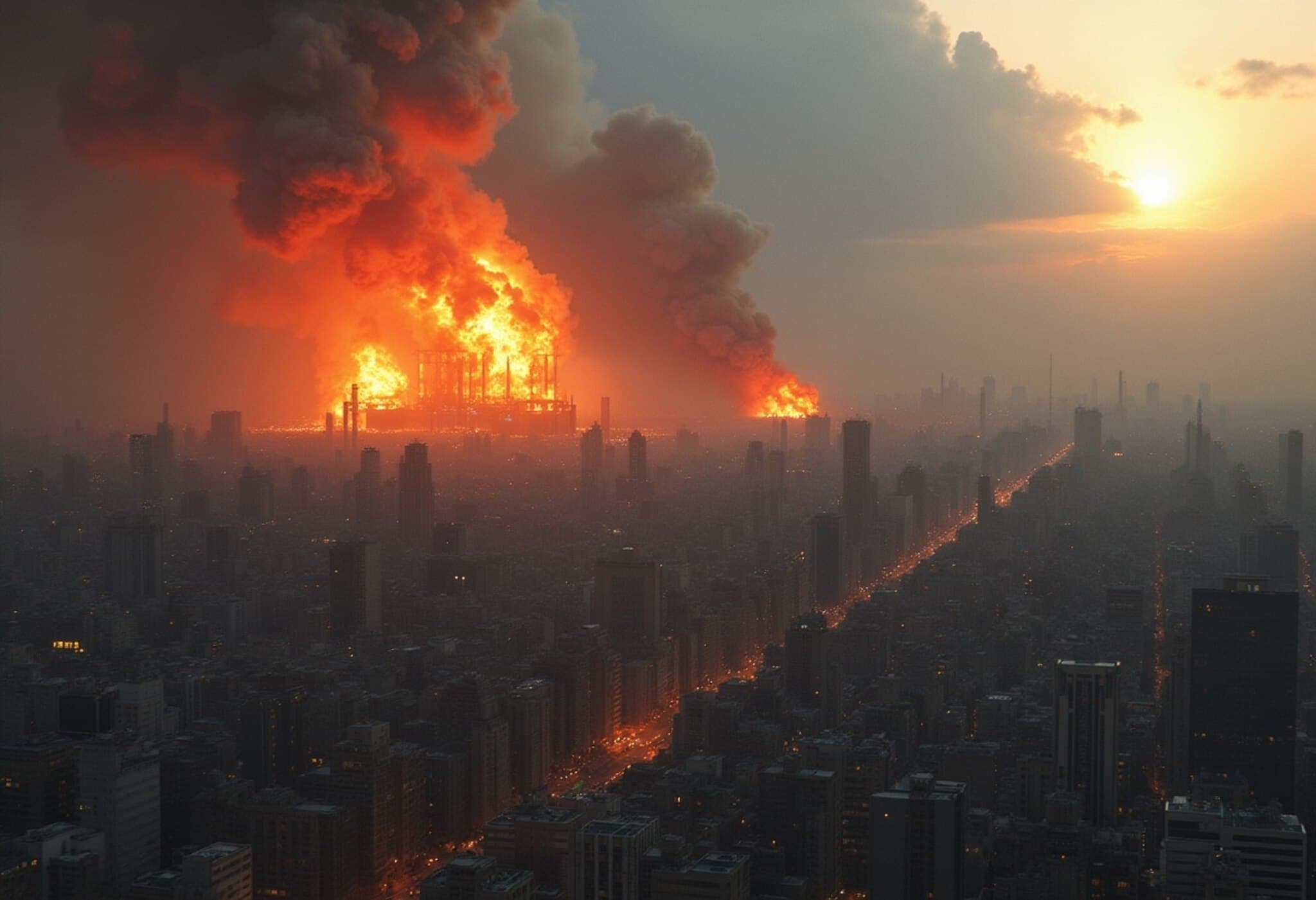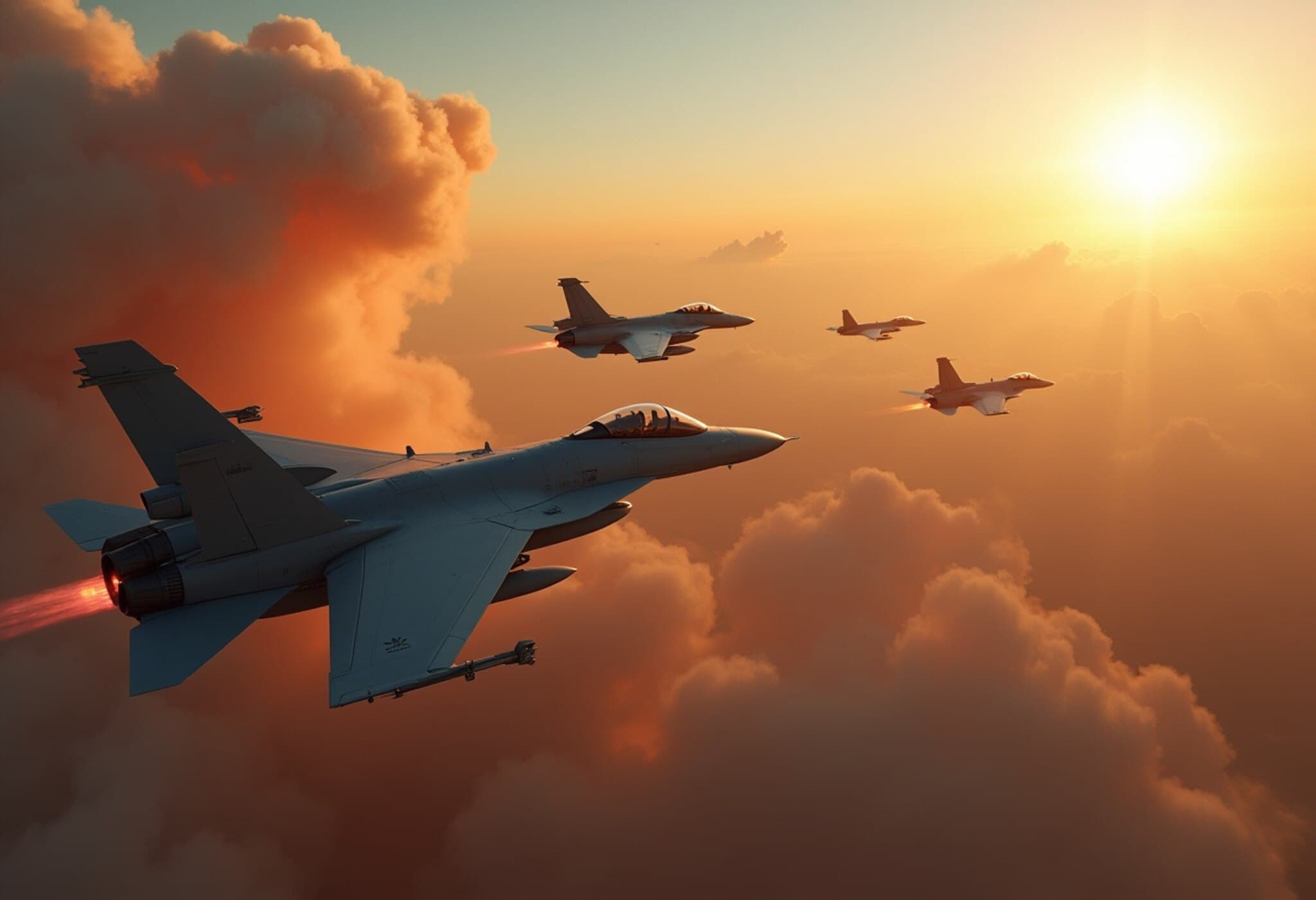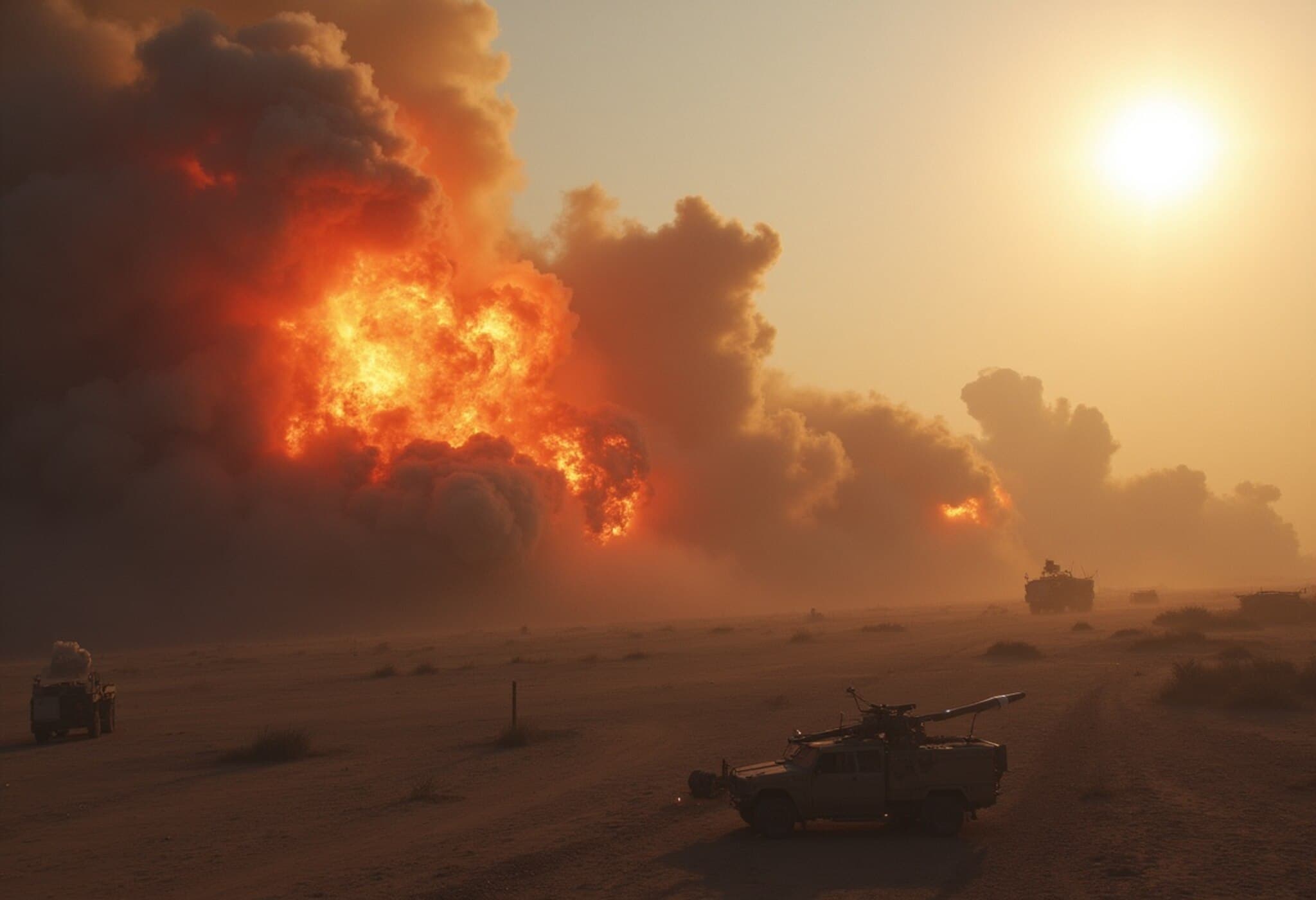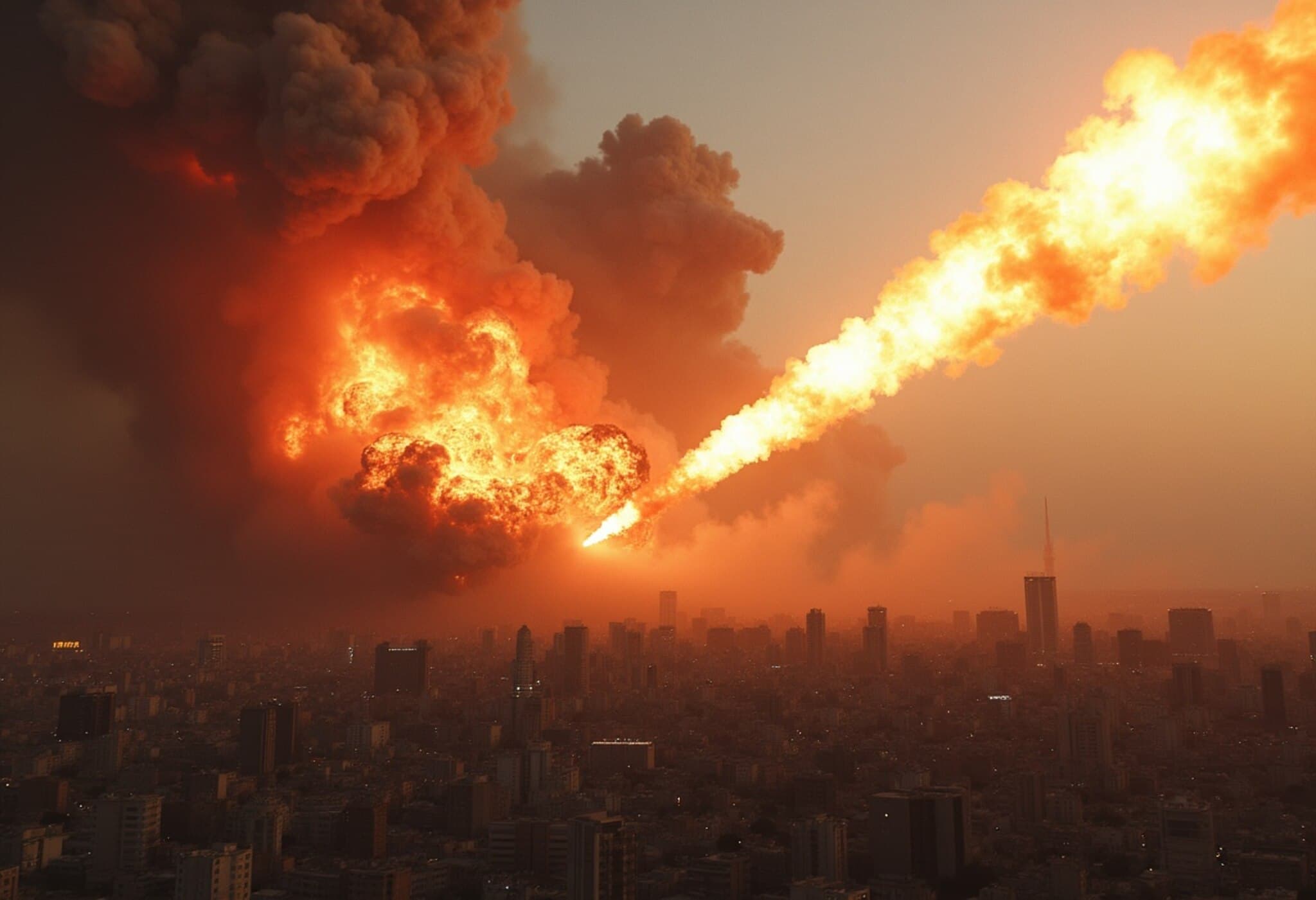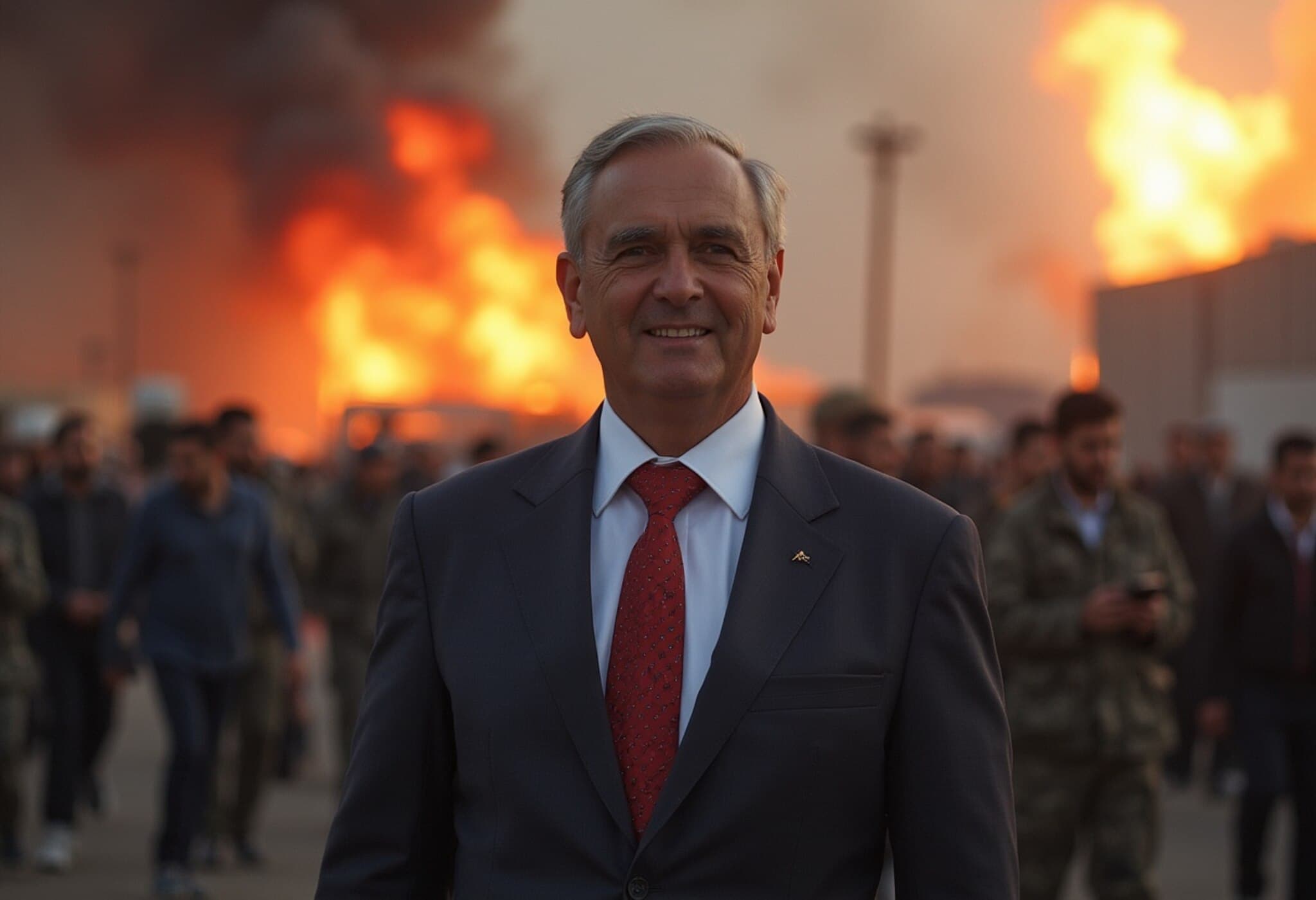Inside Iran's Fortified Fordow Nuclear Facility
Amid ongoing tensions in the Middle East, the Fordow Fuel Enrichment Plant stands as one of Iran's most secretive and fortified nuclear facilities. Nestled deep beneath a mountain near the village of Fordow, this site remains largely untouched despite numerous Israeli strikes on other Iranian nuclear locations.
The Strategic Significance of Fordow
Located roughly 30 kilometers from Qom and 160 kilometers from Tehran, Fordow was initially constructed as part of a covert nuclear weapons initiative. With its origins tracing back to the early 2000s under a secretive program aimed at developing nuclear weapons, the facility was only exposed to international scrutiny in 2009.
Why Fordow Is Nearly Impossible to Destroy
The facility’s resilience stems largely from its geography and defenses. Buried between 80 to 300 feet underground, Fordow is shielded against conventional airstrikes. The entire site was engineered to survive heavy bombardment and is now protected by sophisticated surface-to-air missile systems, including the Russian-made S-300. This location was originally housed in a former missile base controlled by the Islamic Revolutionary Guard Corps (IRGC), adding layers of security and complexity.
Development and Operational Capabilities
Originally intended to hold about 3,000 IR-1 centrifuges split across two sections, Fordow’s nuclear activities were to be paused under the 2015 nuclear agreement. However, after the US withdrew from the deal in 2018, Iran resumed uranium enrichment at the plant. Today, approximately 2,000 centrifuges, including advanced IR-6 models, enrich uranium up to 60% purity — alarmingly close to weapons-grade levels.
Experts estimate Fordow produces about 166 kilograms of 60% enriched uranium every three months, enough, if further refined, to fuel up to four nuclear weapons. This makes Fordow Iran's most vital and sensitive enrichment site, underpinning the country’s nuclear ambitions.
Israel’s Limitations and US Military Edge
Despite Israel’s history of sophisticated covert operations and airstrikes on Iranian nuclear facilities, experts maintain it lacks the firepower to penetrate Fordow’s formidable defenses. Israeli officials publicly emphasize the necessity of neutralizing Fordow to curb Iran's nuclear progress, but the fortress-like nature of the site poses a steep challenge.
The only bomb believed capable of reaching Fordow’s depths is the US's GBU-57A/B Massive Ordnance Penetrator (MOP), a colossal 15-ton bunker buster designed to collapse hardened underground structures. Israel does not possess such weaponry, highlighting a crucial dependency on US military assets if it intends to dismantle Fordow.
The Future of Fordow and Regional Implications
As Iran continues to advance enrichment activities at Fordow, the site remains a focal point in the broader geopolitical struggle over nuclear proliferation in the Middle East. The resilience and secretive nature of Fordow make it a symbol of Iran’s determination, while its destruction is viewed by many in the West and Israel as a key step to preventing weaponization.
Ultimately, Fordow exemplifies the limits of current military capabilities and underscores the complex balance of power in one of the world's most volatile regions.

